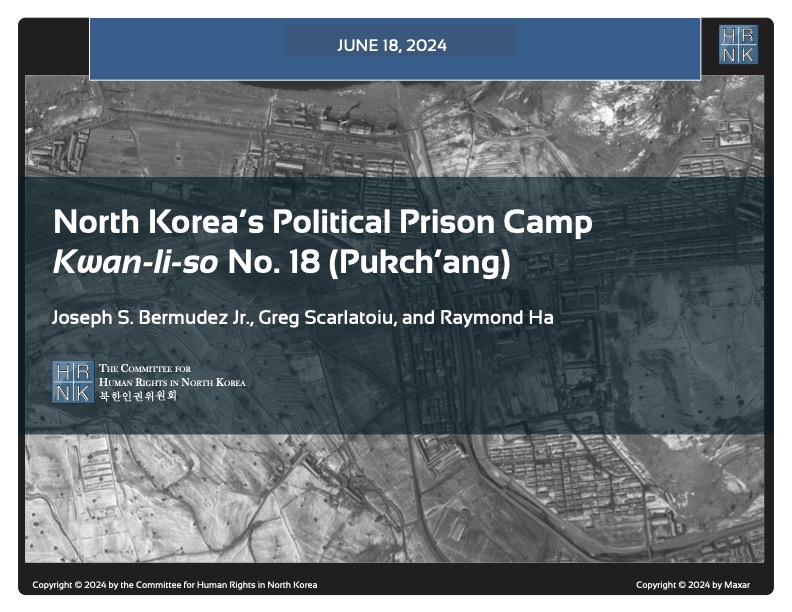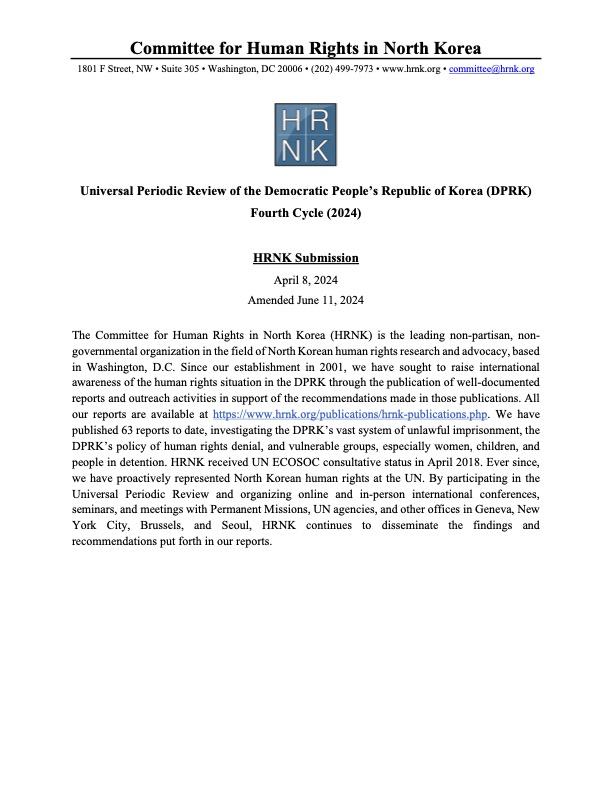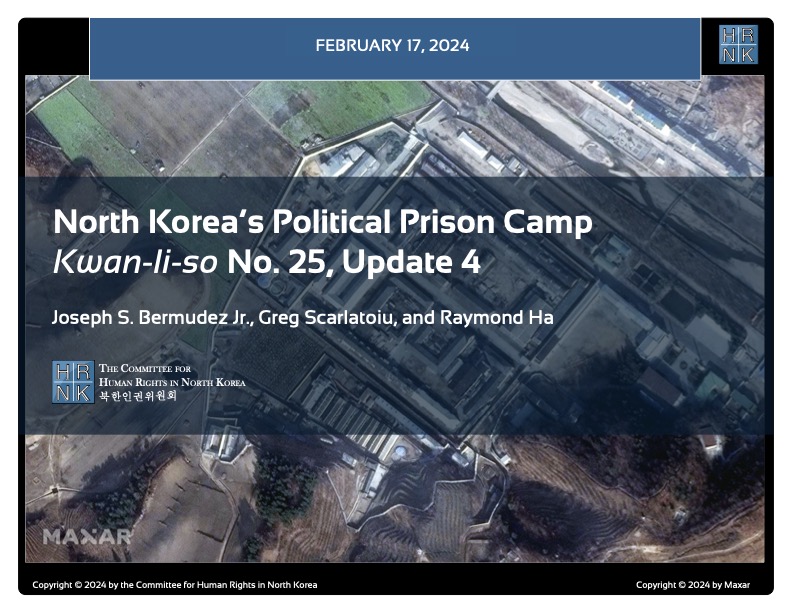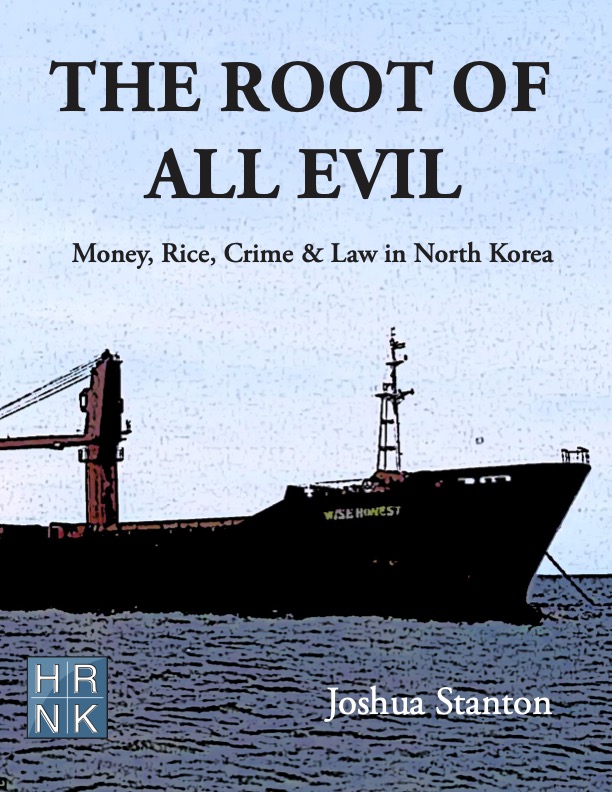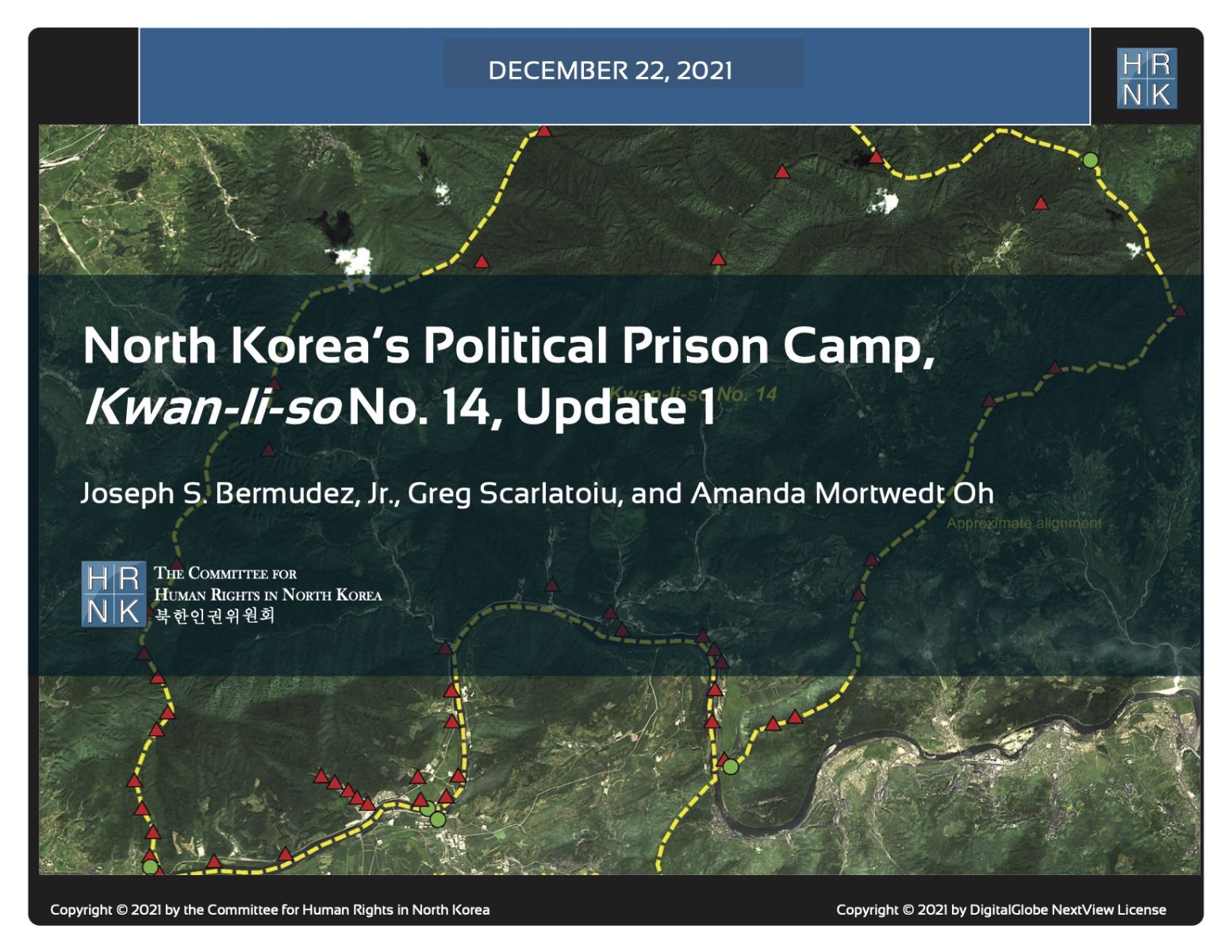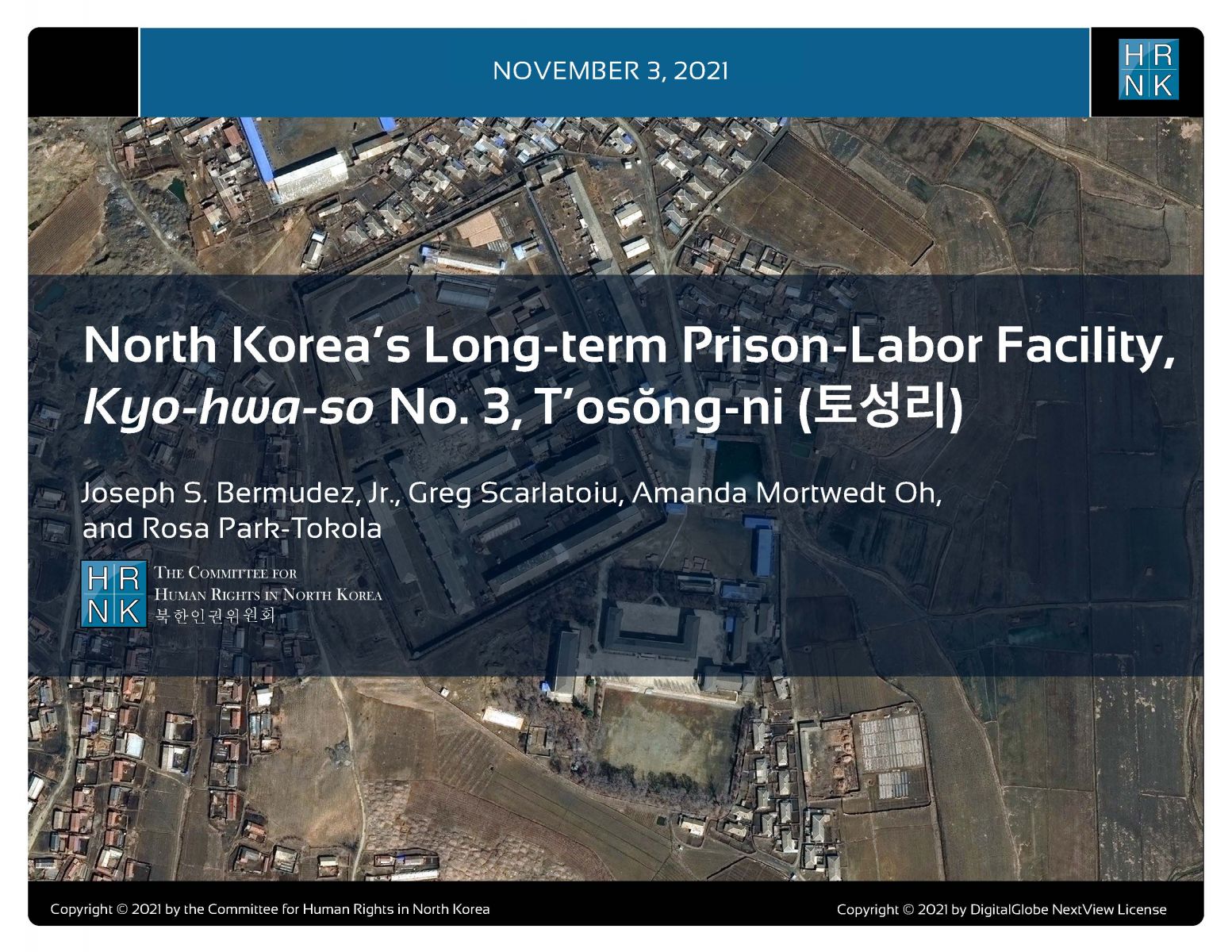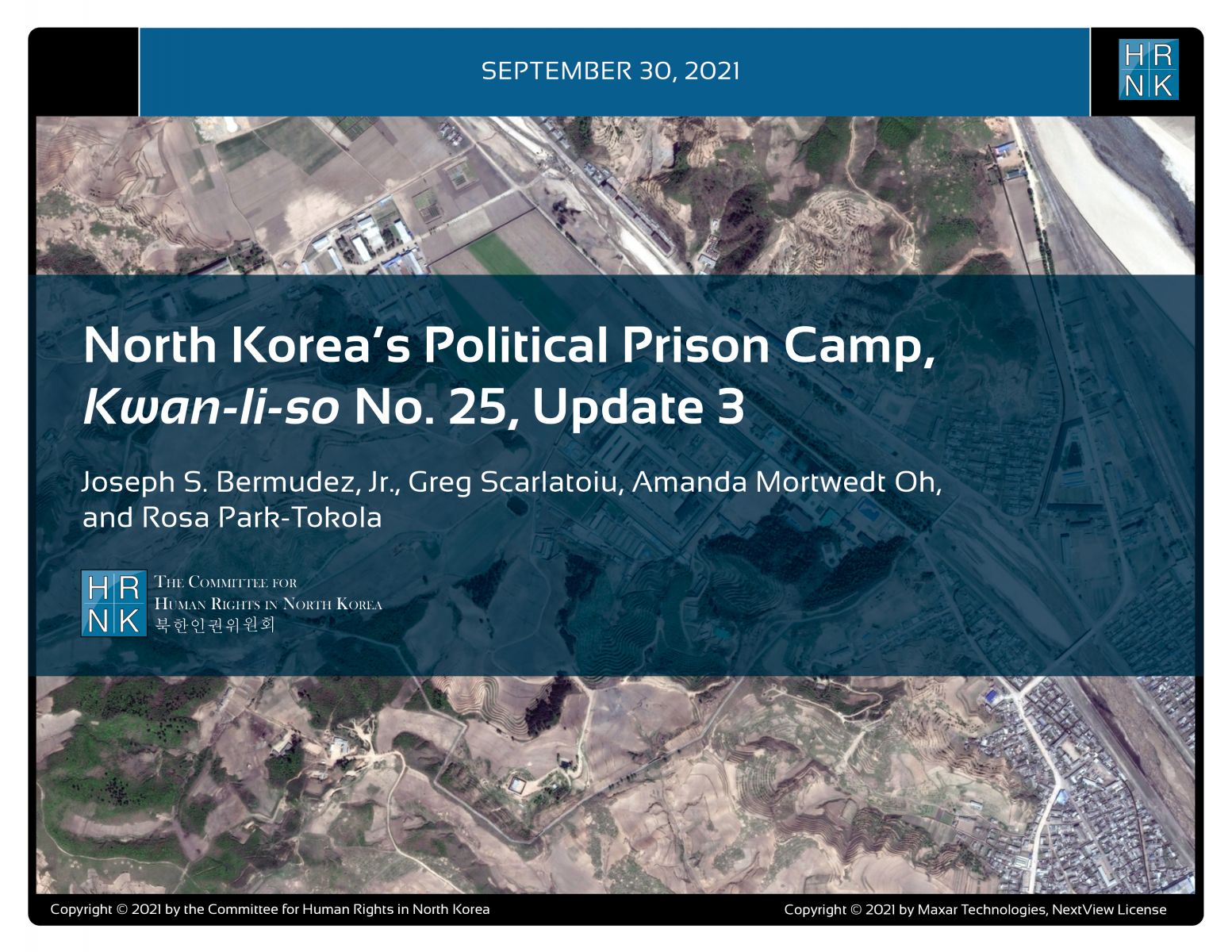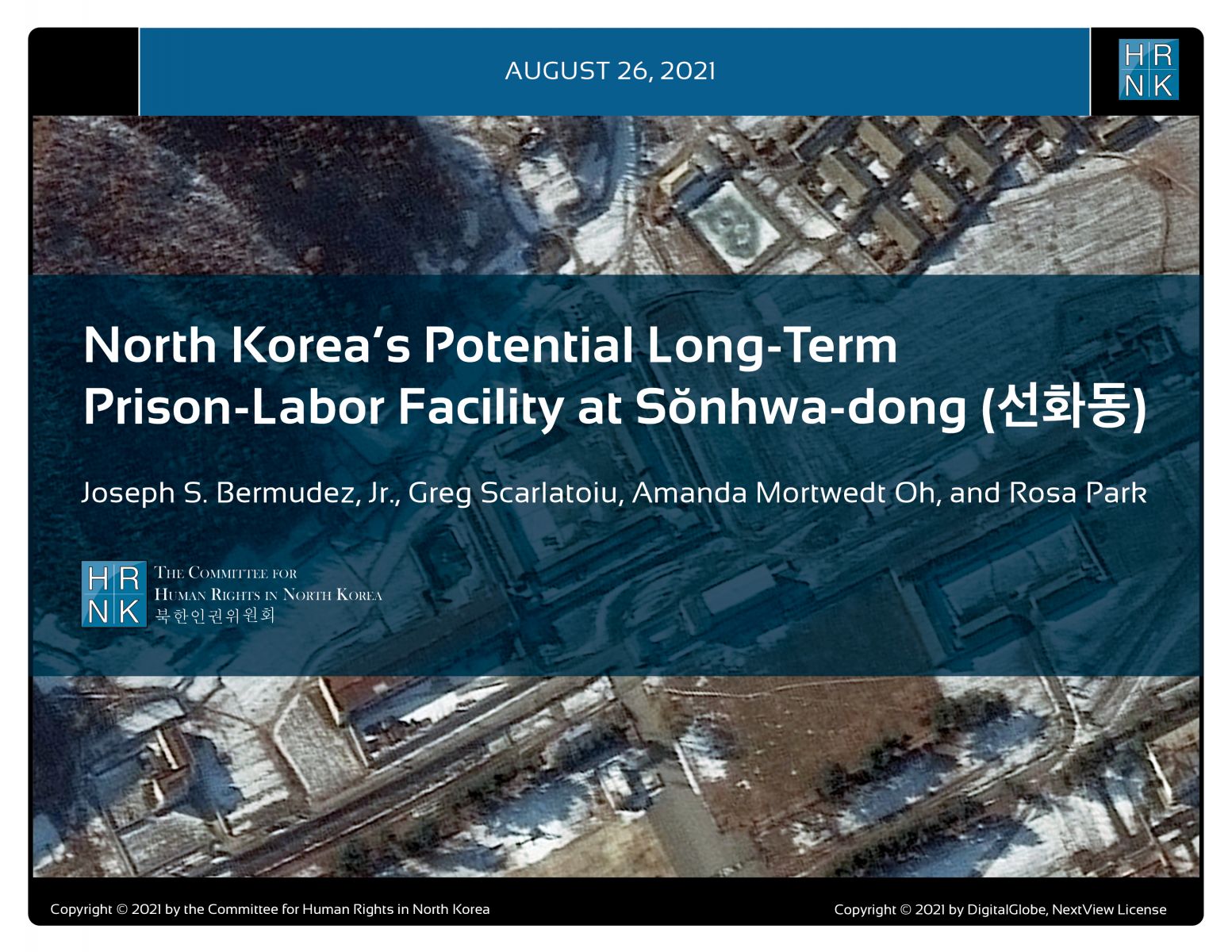Milken Review
Marcus Noland and Stephan Haggard
Jan 01, 2013
North Korean Human Rights and Korea’s “Global Destiny”
Greg Scarlatoiu
Dec 18, 2012
Regardless of the outcome of the upcoming December 19 presidential elections in South Korea, there will likely be changes in Seoul’s approach to North Korea. Since the shooting of South Korean tourist Park Wang-ja at Mount Kumgang in July 2008, inter-Korean exchanges have subsided, and inter-Korean tensions have been further exacerbated by the sinking of the ROKS Cheonan on March 26, 2010, the shelling of Yeonpyeong Island by North Korean artillery on November 23 of the same year, North Korea’s dispatching agents to assassinate North Korean defectors including the late Hwang Jang-yeop and “balloon launch activist” Park Sang-hak or high-ranking South Korean officials such as Defense Minister Kim Kwan-jin, and North Korea’s long-range missile tests. Undoubtedly, the thawing of inter-Korean relations would depend, first and foremost, on an attitudinal change on the part of the Kim Jong-un regime, which appears keen, however, on continuing the development of its long-range missile and nuclear capabilities.
[세계초대석] 美 NGO 북한인권위원회 그레그 스칼라튜 사무총장
박희준
Dec 18, 2012
“한국 새정부, 北 열악한 인권상황 대북정책에 포함시켜야”
North Koreans in China in Need of International Protection
Roberta Cohen
Dec 05, 2012
In the face of continuing persecution of North Koreans who are forcibly returned to their country of origin by China, the international community needs to reconsider how it might better work towards securing protection for North Koreans. Some may be political refugees, others ‘refugees sur place’; they may not have been refugees when they left their country but become refugees because they have a valid fear of persecution upon return.
Exporting North Korean Gulag Must Not Be Permitted at Future Olympics
Katrina Lantos Swett
Aug 20, 2012
After 17 amazing days, the London Olympics are over. For millions of people around the world who were transfixed by this unique celebration of sport and the human spirit, the afterglow of these inspiring days of competition will linger for many days to come. What stays with us are the unforgettable personal stories of courage, hope, and endurance; indeed, with the Olympics, it is often as much about the stories as the competition. However, we would do well to realize that one of the most telling stories of these Games is one we were not permitted to hear at all. Namely, the hidden, suppressed, and undeniably grim story of the athletes of North Korea.
North Korea, Human Rights and Chen Guangcheng
Roberta Cohen, HRNK Co-Chair of the Board
May 16, 2012
A Chinese dissident’s recent escape from house arrest has inspired comparisons with the politically repressed of North Korea. However, there is a critical difference between the respective human rights situations of the two neighbors: while a foundation exists for the US to broach the topic of alleged abuses with China, nuclear containment is the clear priority in talks with North Korea, with other issues taking the backseat. HRNK Co-Chair Emeritus Roberta Cohen argues that “only through the broad context of security, political and economic issues [can] progress on human rights be made,” and suggests changes to the US approach to North Korea.
Kangsong Taeguk and Political Succession: Problems and Prospects
Greg Scarlatoiu
May 15, 2012
To celebrate the 100th anniversary of Kim Il-sung’s birthday, the North Korean regime announced its goal of achieving “Kangsong Taeguk,” a “powerful and prosperous state,” by April 15, 2012. After the death of Kim Jong-il on December 17, 2011, the North Korean regime confirmed his son, Kim Jong-un, as leader of the country. North Korea’s 2012 New Year editorial mentioned the term “Kangsong Taeguk“ only five times, while mention of Songun, North Korea’s “military first policy,” introduced by Kim Jong-il, was used fourteen. This article explores the meaning and likelihood of North Korea’s achieving its declared goal of achieving a “powerful and prosperous state,” under circumstances defined by a highly unpredictable hereditary transmission of power.
Human Rights Progress in North Korea: Is It Possible?
Roberta Cohen, HRNK Co-Chair of the Board
Mar 20, 2012
Despite hopes, even predictions that Kim Jong Il’s death might usher in progress on human rights in North Korea, no change is yet discernible. The author provides 10 benchmarks for evaluating possible changes in North Korea in the area of human rights.
The Black Hole of North Korea
Marcus Noland, HRNK Board Member
Mar 06, 2012
HRNK Board Member Marcus Noland explains that North Korea's economic statistics, which are regarded as state secrets by the regime, are inaccurate when calculated by outside sources such as the UN due to a lack of information. In principle, examining “mirror statistics” paints a reliable picture of economic activity; however, from mistaking one Korea for the other to the omission of certain trade partners, various errors skew results from this approach. Further compounding the challenge of reaching reliable conclusions about North Korea’s economy are the politicization of independent analyses (especially in South Korea) and the emergence of an unregulated quasi-market in the North.
North Korea: A Different Perspective
Andrew Natsios, HRNK Co-Chair of the Board
Feb 23, 2012
HRNK Co-Chair Emeritus Andrew S. Natsios warns that, despite severe food insecurity in North Korea, continuing to offer aid as an incentive to participate in nuclear talks will be ineffective. Not only is the use of humanitarian assistance as a diplomatic weapon unsavory, but Natsios also contends that the US has unintentionally been practicing perverse diplomacy: supplying food and thereby allowing North Korea to focus on producing nuclear weapons, then convincing them (by way of the example in Libya) that surrendering them would threaten the regime’s survival.
This is the first satellite imagery report by HRNK on a long-term political prison commonly identified by researchers and former detainees as Kwan-li-so No. 18 (Pukch'ang).
This report was concurrently published on Tearline at https://www.tearline.mil/public_page/prison-camp-18.
To understand the challenges faced by the personnel who are involved in North Korea’s nuclear program, it is crucial to understand the recruitment, education, and training processes through the lens of human rights. This report offers a starting point toward that understanding.
North Korea’s scientists and engineers are forced to work on the nuclear weapons program regardless of their own interests, preferences, or aspirations. These individuals may be described as “moder
In this submission, HRNK focuses its attention on the following issues in the DPRK:
- The status of the system of detention facilities, where a multitude of human rights violations are ongoing.
- The post-COVID human security and human rights status of North Korean women, with particular attention to sexual and gender-based violence (SGBV).
- The issue of Japanese abductees and South Korean prisoners of war (POWs), abductees, and unjust detainees.
This report provides an abbreviated update to our previous reports on a long-term political prison commonly identified by former prisoners and researchers as Kwan-li-so No. 25 by providing details of activity observed during 2021–2023.
This report was originally published on Tearline at https://www.tearline.mil/public_page/prison-camp-25.
This report explains how the Kim regime organizes and implements its policy of human rights denial using the Propaganda and Agitation Department (PAD) to preserve and strengthen its monolithic system of control. The report also provides detailed background on the history of the PAD, as well as a human terrain map that details present and past PAD leadership.
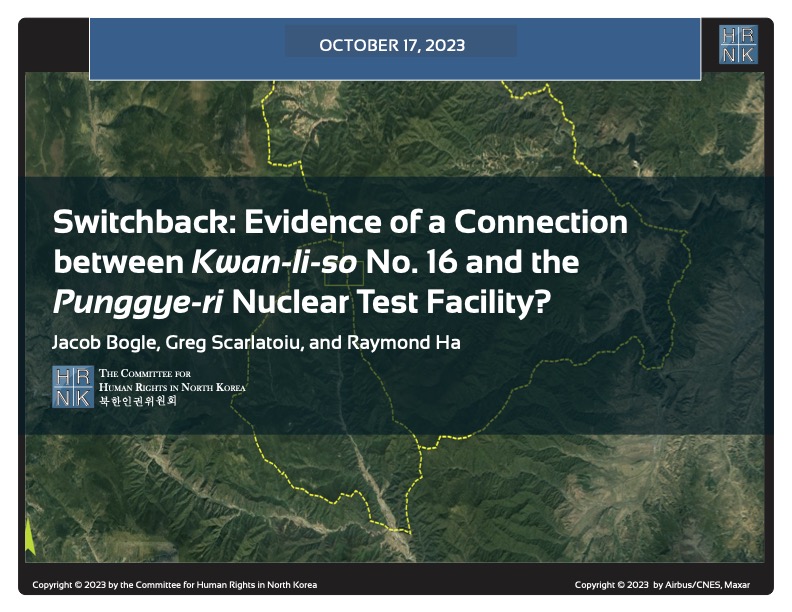
HRNK's latest satellite imagery report analyzes a 5.2 km-long switchback road, visible in commercial satellite imagery, that runs from Testing Tunnel No. 1 at North Korea's Punggye-ri nuclear test facility to the perimeter of Kwan-li-so (political prison camp) no. 16.
This report proposes a long-term, multilateral legal strategy, using existing United Nations resolutions and conventions, and U.S. statutes that are either codified or proposed in appended model legislation, to find, freeze, forfeit, and deposit the proceeds of the North Korean government's kleptocracy into international escrow. These funds would be available for limited, case-by-case disbursements to provide food and medical care for poor North Koreans, and--contingent upon Pyongyang's progress
For thirty years, U.S. North Korea policy have sacrificed human rights for the sake of addressing nuclear weapons. Both the North Korean nuclear and missile programs have thrived. Sidelining human rights to appease the North Korean regime is not the answer, but a fundamental flaw in U.S. policy.
(Published by the National Institute for Public Policy)
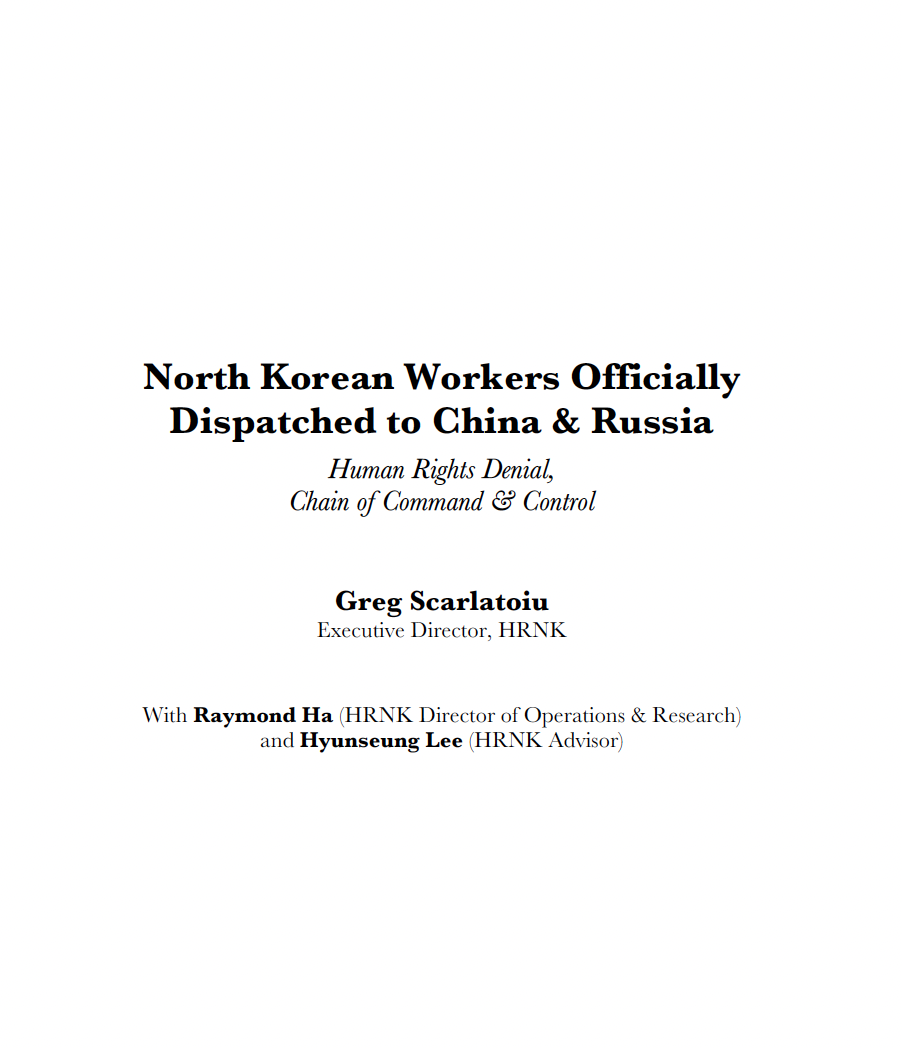
North Korea’s forced labor enterprise and its state sponsorship of human trafficking certainly continued until the onset of the COVID pandemic. HRNK has endeavored to determine if North Korean entities responsible for exporting workers to China and Russia continued their activities under COVID as well.
George Hutchinson's The Suryong, the Soldier, and Information in the KPA is the second of three building blocks of a multi-year HRNK project to examine North Korea's information environment. Hutchinson's thoroughly researched and sourced report addresses the circulation of information within the Korean People's Army (KPA). Understanding how KPA soldiers receive their information is needed to prepare information campaigns while taking into account all possible contingenc
This report is part of a comprehensive long-term project undertaken by HRNK to use satellite imagery and former prisoner interviews to shed light on human suffering in North Korea by monitoring activity at political prison facilities throughout the nation. This is the second HRNK satellite imagery report detailing activity observed during 2015 to 2021 at a prison facility commonly identified by former prisoners and researchers as “Kwan-li-so No. 14 Kaech’ŏn” (39.646810, 126.117058) and
This report is part of a comprehensive long-term project undertaken by HRNK to use satellite imagery and former prisoner interviews to shed light on human suffering in North Korea by monitoring activity at civil and political prison facilities throughout the nation. This study details activity observed during 1968–1977 and 2002–2021 at a prison facility commonly identified by former prisoners and researchers as "Kyo-hwa-so No. 3, T'osŏng-ni" and endeavors to e
This report is part of a comprehensive long-term project undertaken by HRNK to use satellite imagery and former detainee interviews to shed light on human suffering in the Democratic People’s Republic of Korea (DPRK, more commonly known as North Korea) by monitoring activity at political prison facilities throughout the nation. This report provides an abbreviated update to our previous reports on a long-term political prison commonly identified by former prisoners and researchers as Kwan-li-so<
Through satellite imagery analysis and witness testimony, HRNK has identified a previously unknown potential kyo-hwa-so long-term prison-labor facility at Sŏnhwa-dong (선화동) P’ihyŏn-gun, P’yŏngan-bukto, North Korea. While this facility appears to be operational and well maintained, further imagery analysis and witness testimony collection will be necessary in order to irrefutably confirm that Sŏnhwa-dong is a kyo-hwa-so.
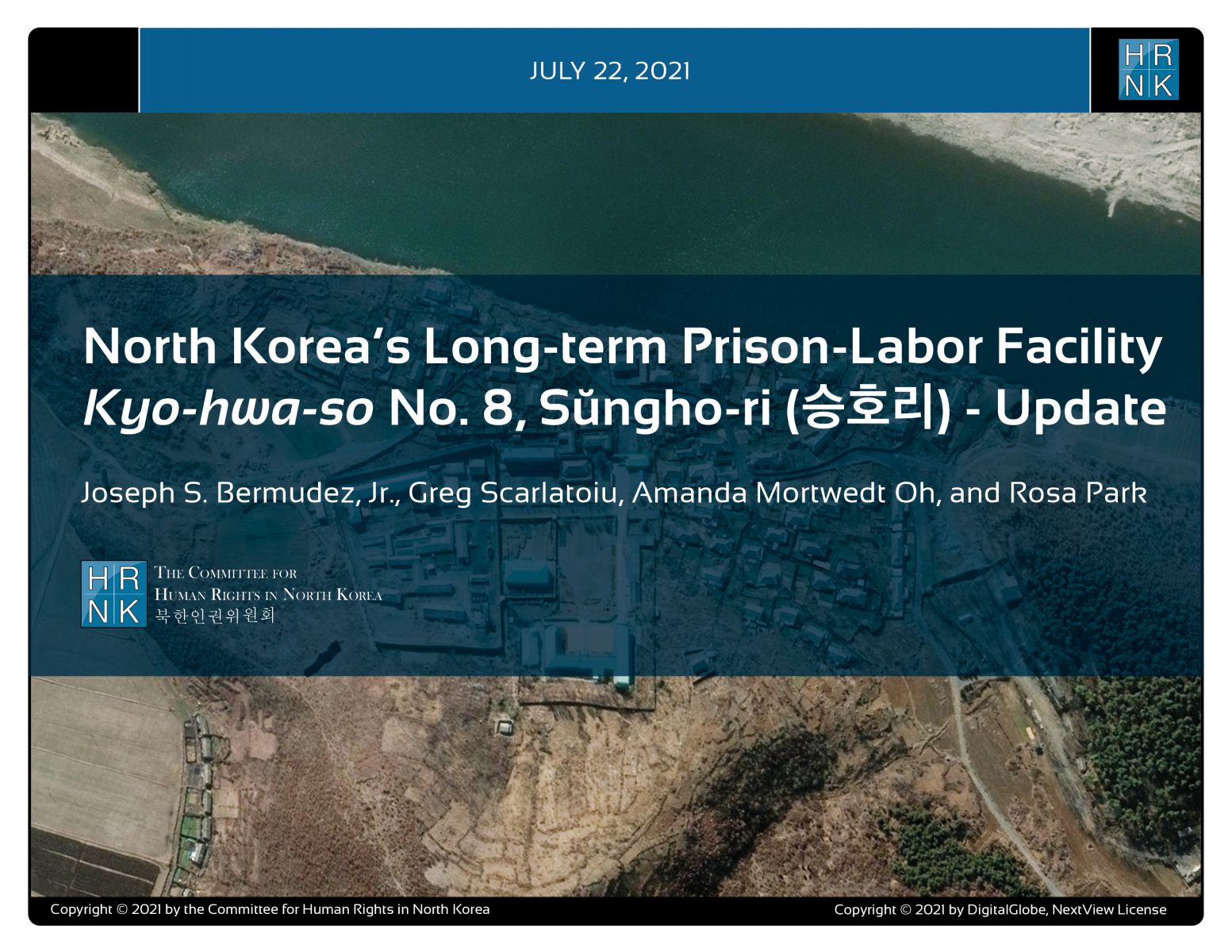
"North Korea’s Long-term Prison-Labor Facility Kyo-hwa-so No. 8, Sŭngho-ri (승호리) - Update" is the latest report under a long-term project employing satellite imagery analysis and former political prisoner testimony to shed light on human suffering in North Korea's prison camps.
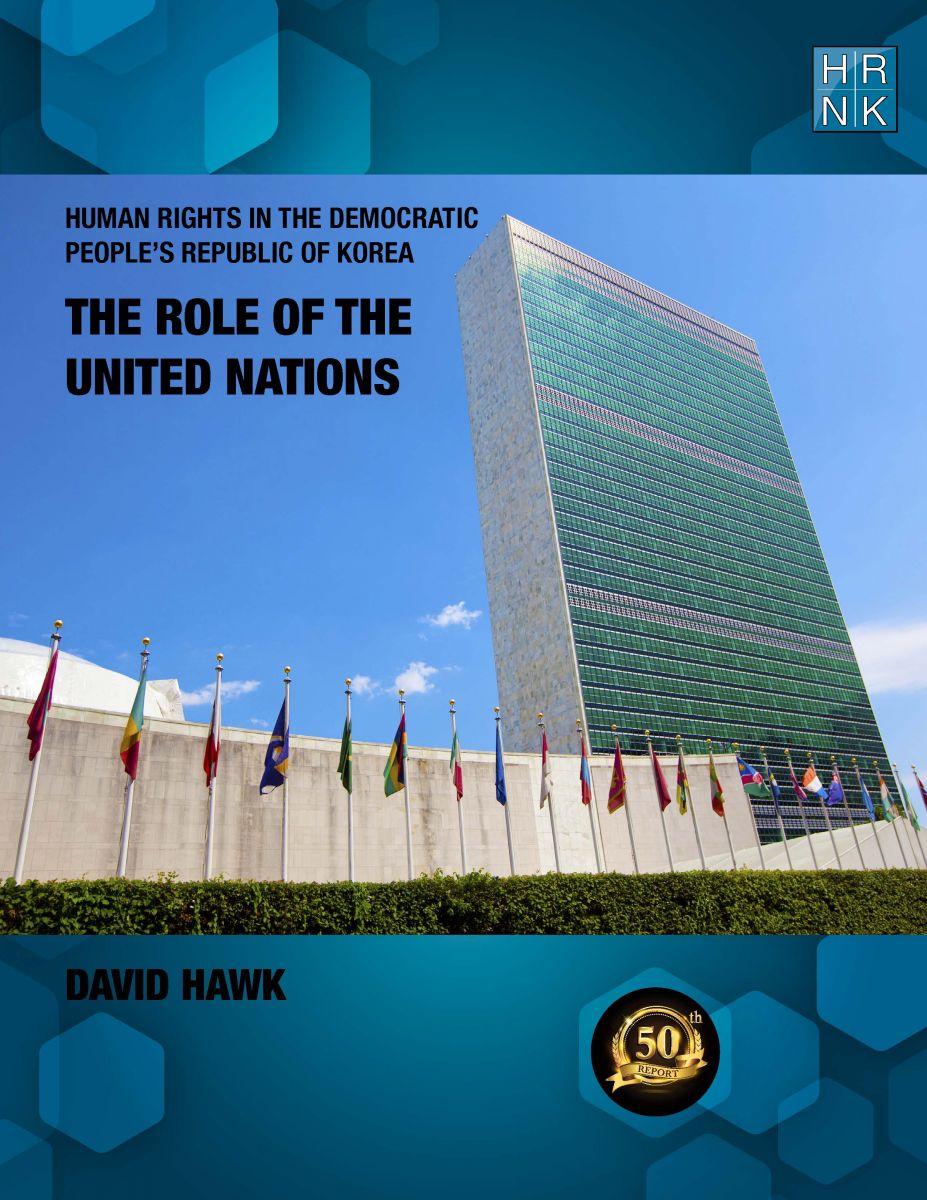
Human Rights in the Democratic Republic of Korea: The Role of the United Nations" is HRNK's 50th report in our 20-year history. This is even more meaningful as David Hawk's "Hidden Gulag" (2003) was the first report published by HRNK. In his latest report, Hawk details efforts by many UN member states and by the UN’s committees, projects and procedures to promote and protect human rights in the DPRK. The report highlights North Korea’s shifts in its approach
South Africa’s Apartheid and North Korea’s Songbun: Parallels in Crimes against Humanity by Robert Collins underlines similarities between two systematically, deliberately, and thoroughly discriminatory repressive systems. This project began with expert testimony Collins submitted as part of a joint investigation and documentation project scrutinizing human rights violations committed at North Korea’s short-term detention facilities, conducted by the Committee for Human Rights
